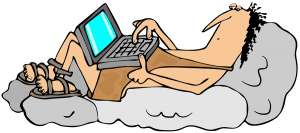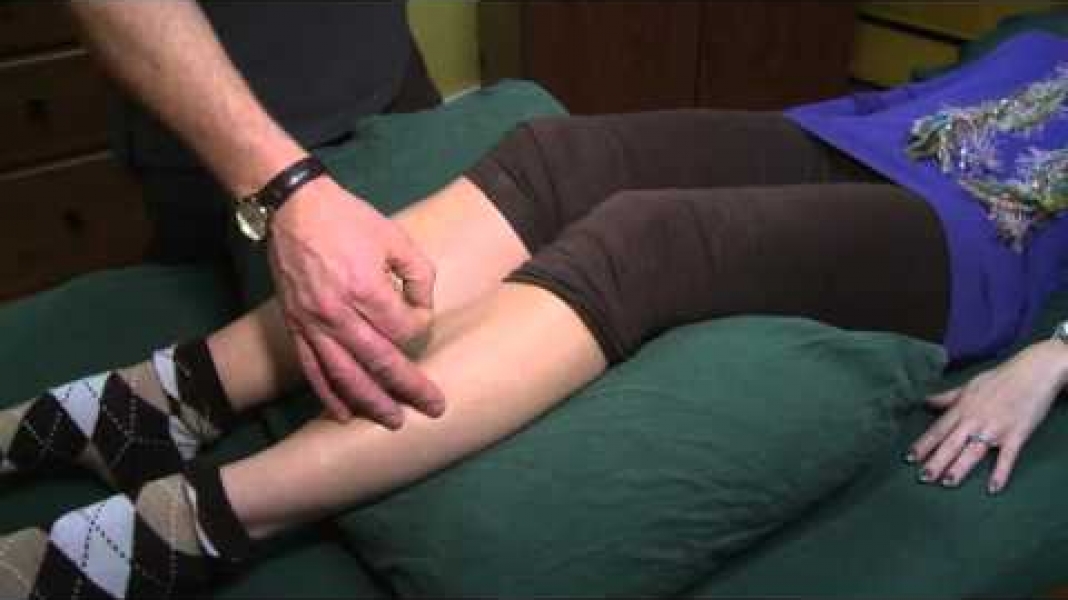

Carl Parnham, RMT
I have always known this to be true: “You don’t know where you’re going until you’ve seen where you’ve been.” Early humans had to move their bodies in many ways to hunt and gather food and water, find and make shelter, and to defend against or attack others to survive. We had plenty of exercise and physical challenges: running, jumping, climbing, throwing, bending, crouching, etc. as we made our way. Even though modern humans have essentially the same bodies, we are now a culture who spends a substantial amount of time sitting, hunching over and rolling our shoulders forward, postures which our hunter-gatherer bodies are not used to.
A hunter gatherers, we had plenty of exercise and physical challenges; running, jumping, climbing, throwing, bending, crouching, etc. I wouldn’t want to go back to those times of survival of the fittest, but interestingly, they may have had less chronic back pain. Evidence of skeleton records of humans shows that degenerative back diseases are more a recent phenomenon of either a farmer’s life, and more recently of the sitting culture we now have. If you look at the posture of prehistoric humans long ago or in hunter-gathering tribes still existing today, you will find one major difference: their pelvis position had a significant anterior tilt when relaxed.
And when we look our modern postural posters we see a very small lower back curve compared to how hunter-gatherers, with more of an anterior tilt to their pelvis. Their buttocks are pushed out, resulting in a much more defined curvature (lordosis) in the lumbar area. Without the larger curve in the lower spine, it does not quite operate properly for an upright and running species like us, often causing pinching and bulging of some discs eventually. Of course our lifestyle shapes us, and the posterior tilt of our pelvis and the lack of curvature in our lower back is the result.
The posture of our pelvis sets us up to bend over and pick up things, and to carry and throw things with our upper body properly.
So how do you bend to pick up an object?
Do you bend at the knee with a straight back?
Do you round your back as your bend over 90%?
Do you keep your back straight while bending at the hips?
Let’s look at the effects of each type of lifting on the back and legs:
| Bending at the knees | Bending with a rounded back | Bending at the hips | |
| Discs | Preserves | Damages | Preserves |
| Back Ligaments | Preserves | Distends | Preserves |
| Knees | Wears | Preserves | Preserves |
| Low Back Muscles | No Effect | Minimal Stretch | Strengthens |
| Hamstrings | No Effect | Minimal Stretch | Stretches |
| Rhomboids (between shoulder blades) | No Effect | Minimal Stretch | Strengthens |
When you examine each type of lifting, bending at the hips makes more sense, except for heavier loads, when you need to put the back in a better position and use the legs to give you more power. But you need properly developed core muscles around the pelvis to lift from your hip to lift by bending (like hunter-gatherers). Squatting is next to impossible for many of us for any length of time, but it was a posture easily adopted by hunter-gatherers as they sat waiting for long stretches, ready to move in hunting. Strong core muscles were required.
So what does the hunter-gatherer lifestyle tell us? I would suggest that we need to sit less and move in ways that develop the core muscles of our pelvis and lower back, which provide the foundation for our ability to move around with comfort and ease. Strength training or sports that do this are likely even more critical than developing flexibility, although that is important too. Try putting a wedge on your seat to tilt your pelvis forward, and this will cause your low back to assume a more natural curvature. Or try taking a break a few times a day from your chair that has full lumbar support to engage your core muscles – use a standing desk station or sit on a stool or exercise ball for a bit.
Bottom line, keep engaging the core!




